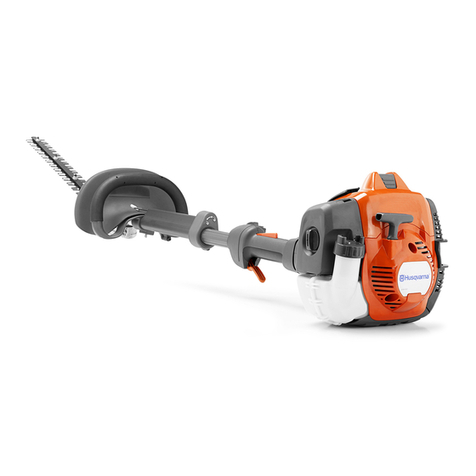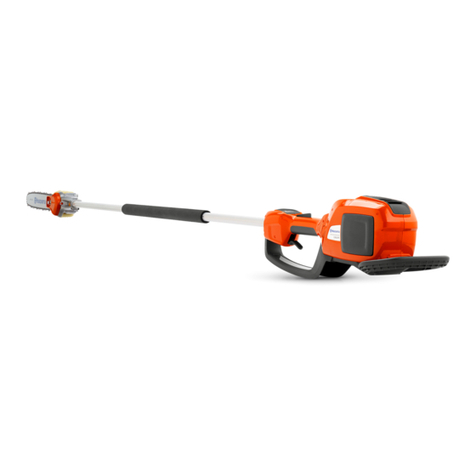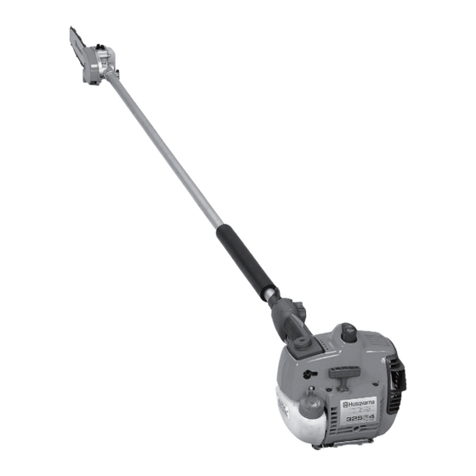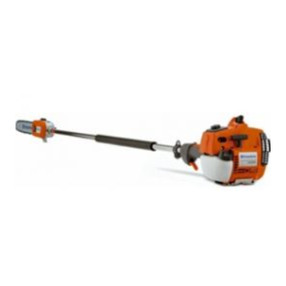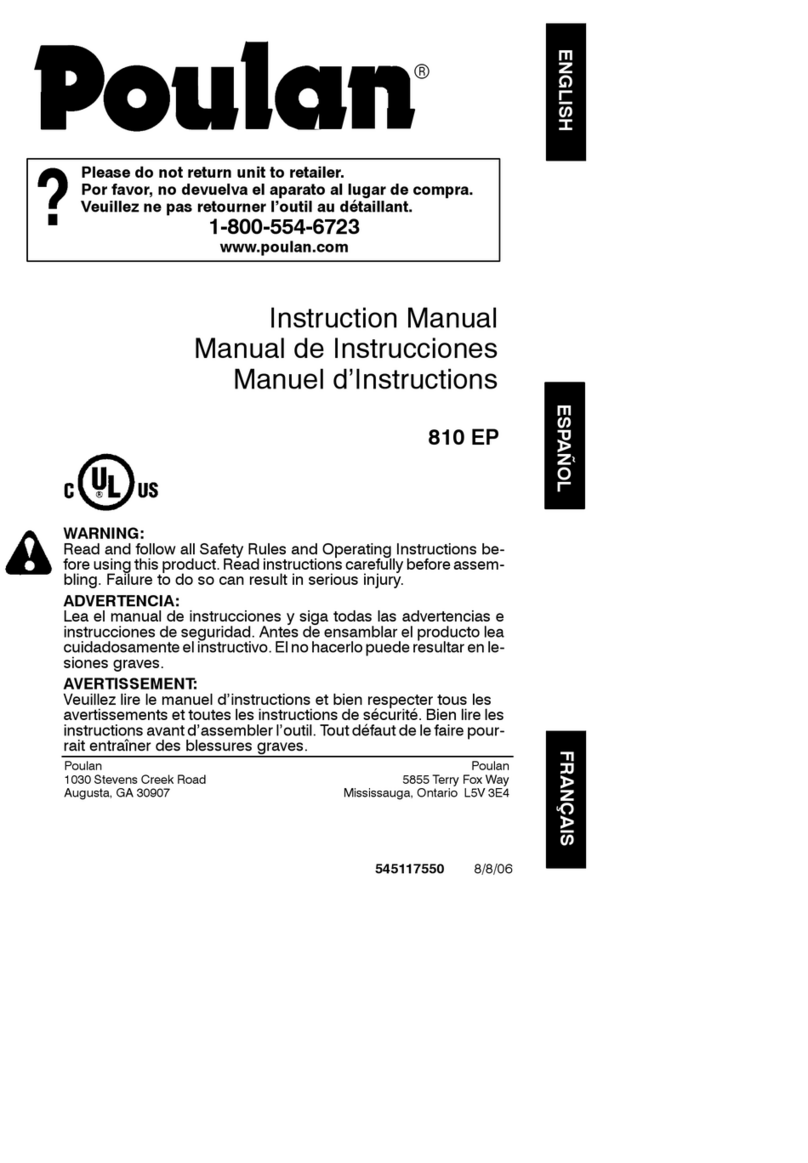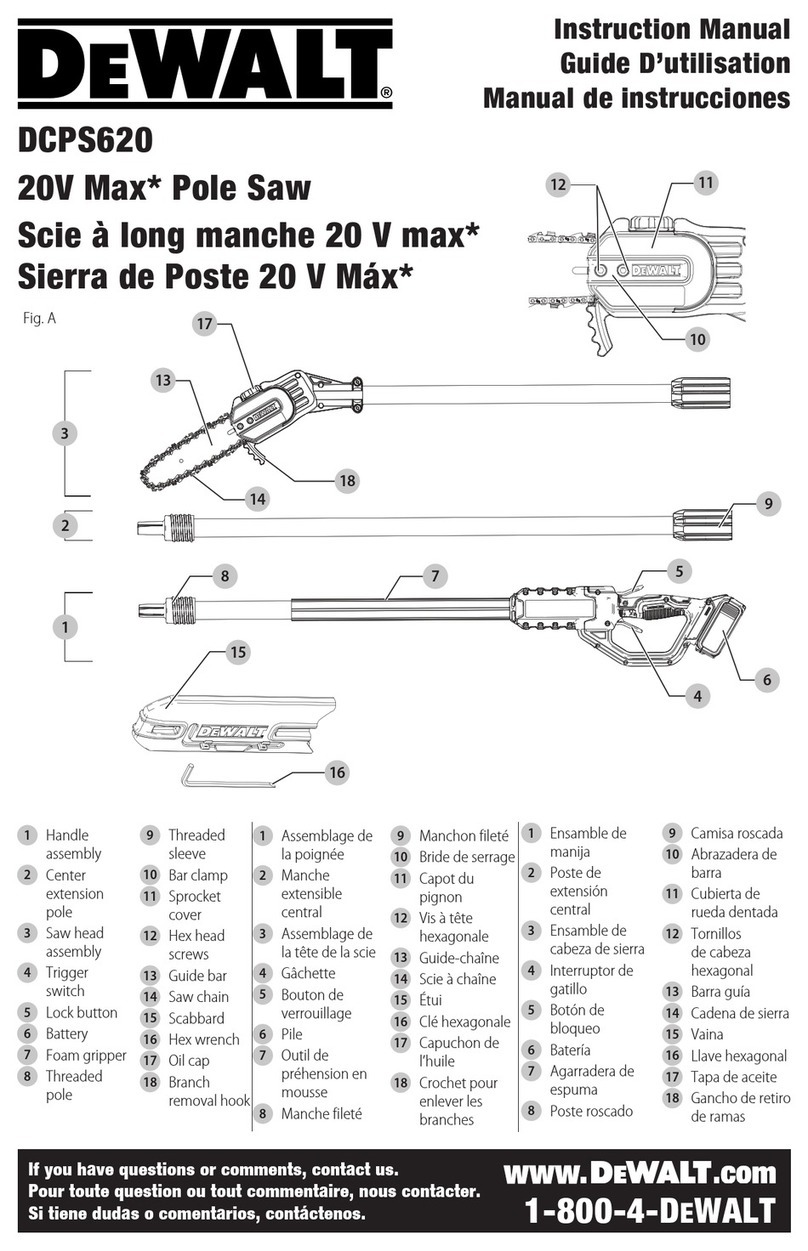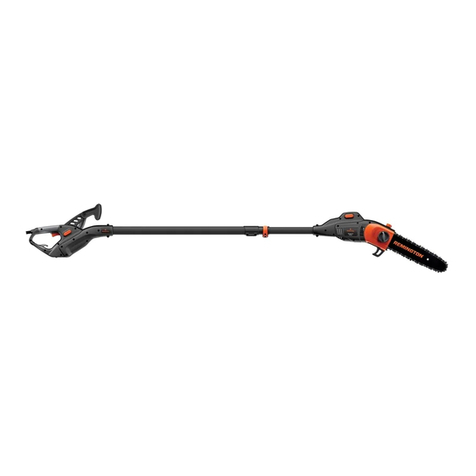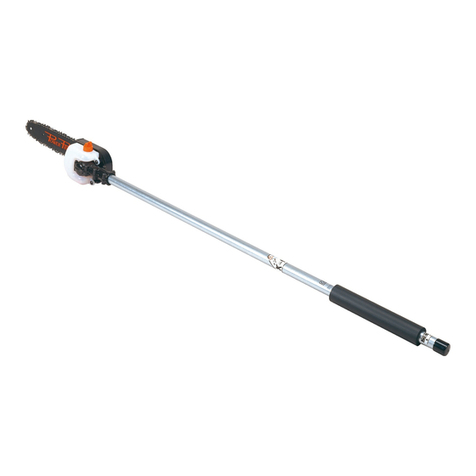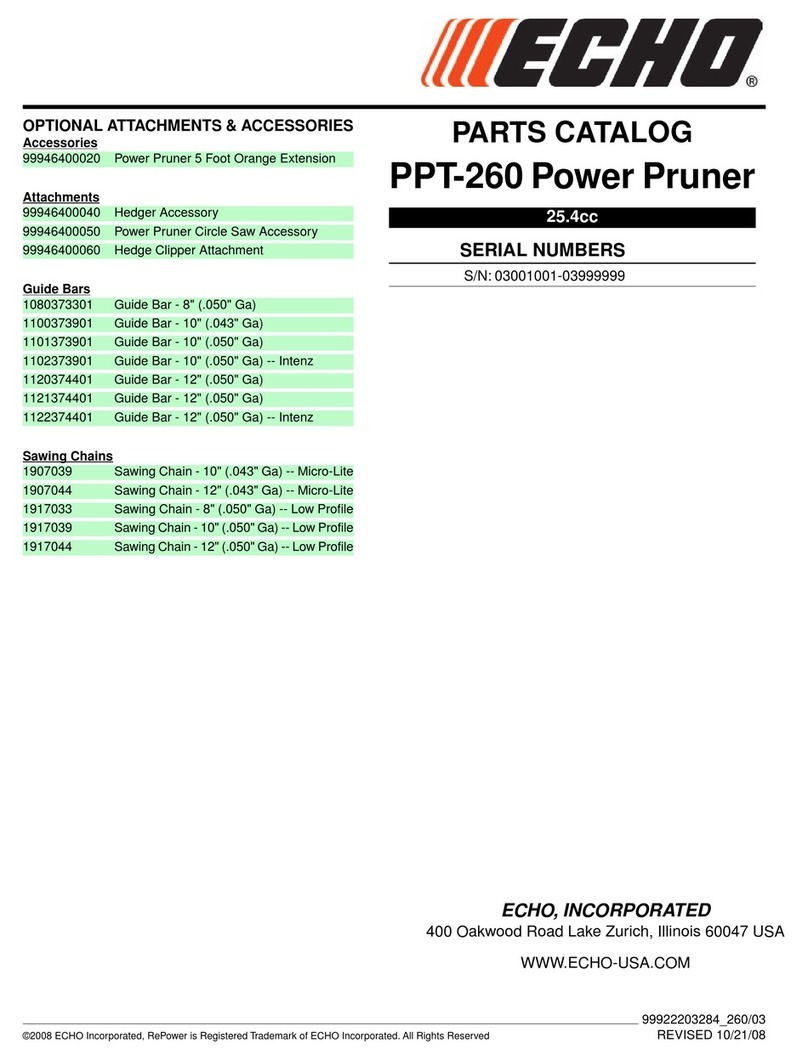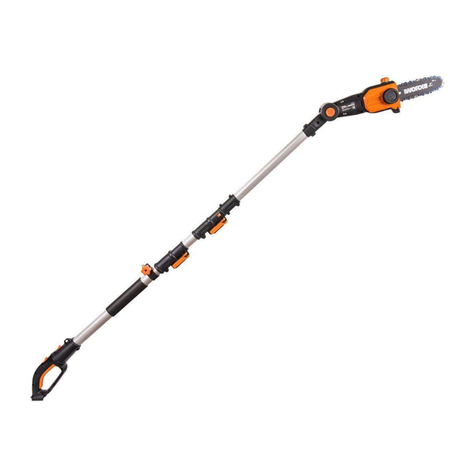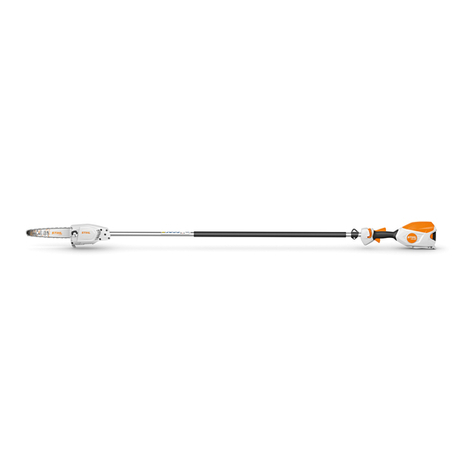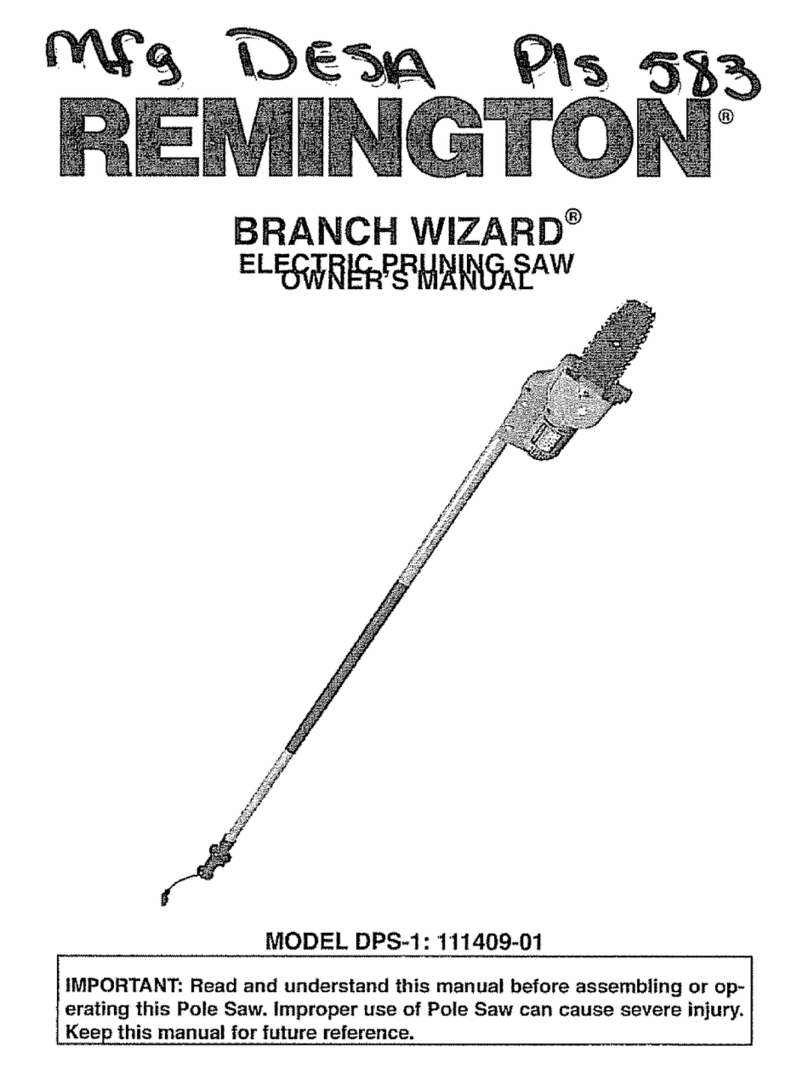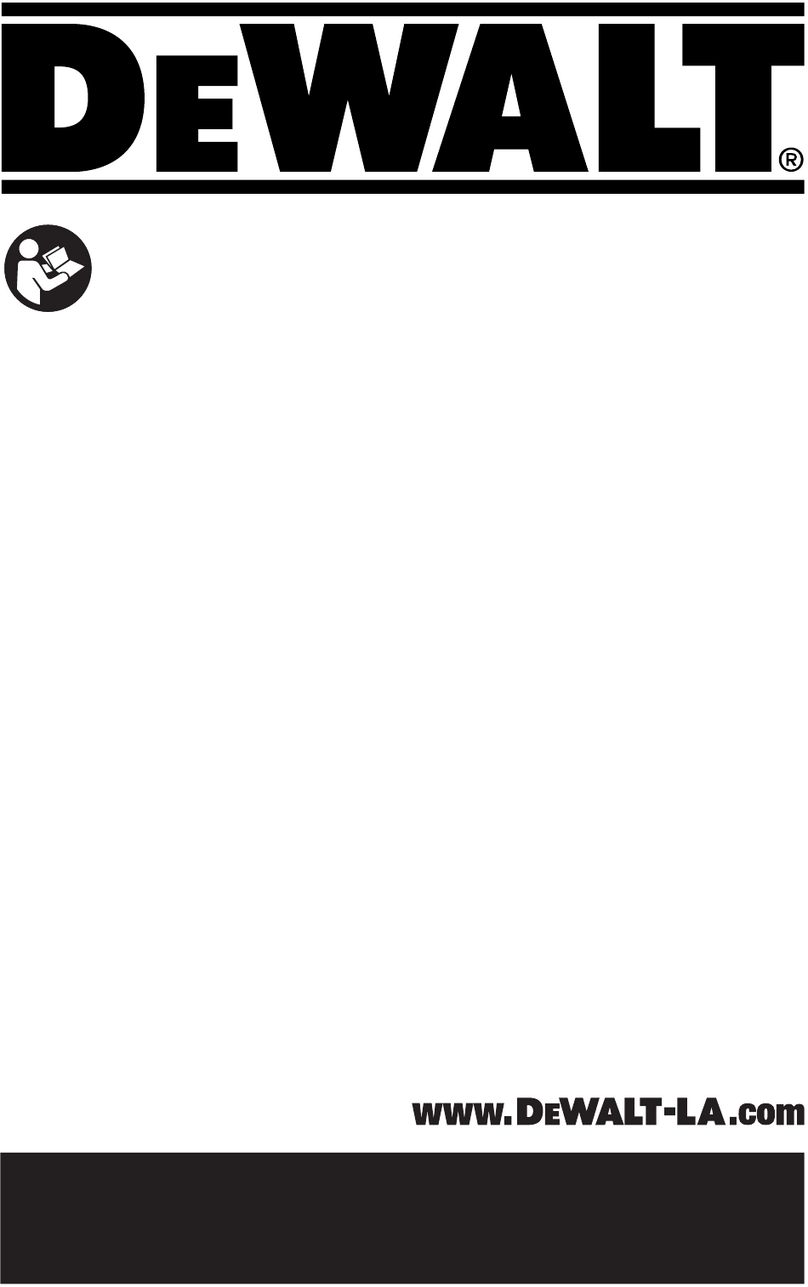
2
General recommendations
Bear in mind:
!Do not start the machine without making sure the
cutting attachment and all the safety features are
tted and working properly.
! Do not touch hot components, e.g. the mufer before
it has cooled sufciently to avoid burns.
! Avoid getting petrol or oil on your skin or in your
mouth.
Use a barrier cream on your hands. This reduces the
risk of infection and makes dirt easier to wash away.
Long term contact with engine oil can represent a
health hazard.
! Never start the engine indoors. Exhaust fumes are
poisonous! They contain carbon monoxide, an
odourless, poisonous and highly dangerous gas.
! Wipe up oil spills from the oor immediately to avoid
slipping.
! Do not use tools that are worn or t badly, for example
on nuts and screws.
+ Always work on a clean bench.
+ Always work logically to ensure all parts are tted
correctly and that nuts and screws are tightened.
+ Use special tools where recommended to be able to
carry out the work correctly.
The workshop used to carry out repairs must be equipped with
safety devices in accordance with local directives.
No one may carry out repairs without having read and
understood the contents of this workshop manual.
Thisworkshopmanualcontainsthefollowingboxesinrelevant
places.
WARNING!
The warning box warns of the risk of personal
injury if the instructions are not followed.
!
NOTE!
This box warns of damage to material if the
instructions are not followed.
The machine is type approved for safety in accordance with
applicable legislative demands with the equipment specied
in the operator’s manual. The assembly of other equipment or
accessoriesorsparepartsnotapprovedbyHusqvarnacanresult
in the failure to meet these safety demands and that the person
carrying out assembly bears responsibility for this.
Fire hazard
Handle petrol with respect, as it is extremely inammable.
Never refuel while the engine is running.
Do not smoke and ensure there are no open ames or sparks
in the vicinity.
Never start the engine if the machine is leaking fuel or if there
has been a spillage when refuelling. Allow the remaining fuel
to evaporate rst.
Make sure there is a working re extinguisher close at hand.
Do not try to extinguish a petrol re with water.
Poisonous fumes
When using cleaning agents, read the instructions carefully.
Ensure there is good ventilation when handling petrol and
other volatile uids.
The engine’s exhaust fumes are poisonous. Test run the
engine outdoors.
Special tools
Some of the work described in this workshop manual requires
special tools. In each section where this is necessary there is
a picture of the tool and an order number.
We recommend the use of special tools in order to avoid
personal injury and expensive damage to parts in question.
Contact faces and gaskets
Ensure all sealed surfaces are clean and free from gasket
residue. When cleaning use a tool that will not damage
the contact face. Any scratches or unevenness should be
removed using a at ne cut le.
Sealing rings
Always replace a sealing ring that has been dismantled. The
delicate sealing lip can be easily damaged resulting in poor
sealing ability. The area that the seal is designed to make
airtight must also be completely undamaged.
Lubricate the sealing lip with grease before it is tted and
ensure that it is not damaged e.g. by shoulders and splines
on a shaft. Use tape or a conical sleeve as protection.
It is important that the sealing ring faces in the right direction
for it to function as intended.
